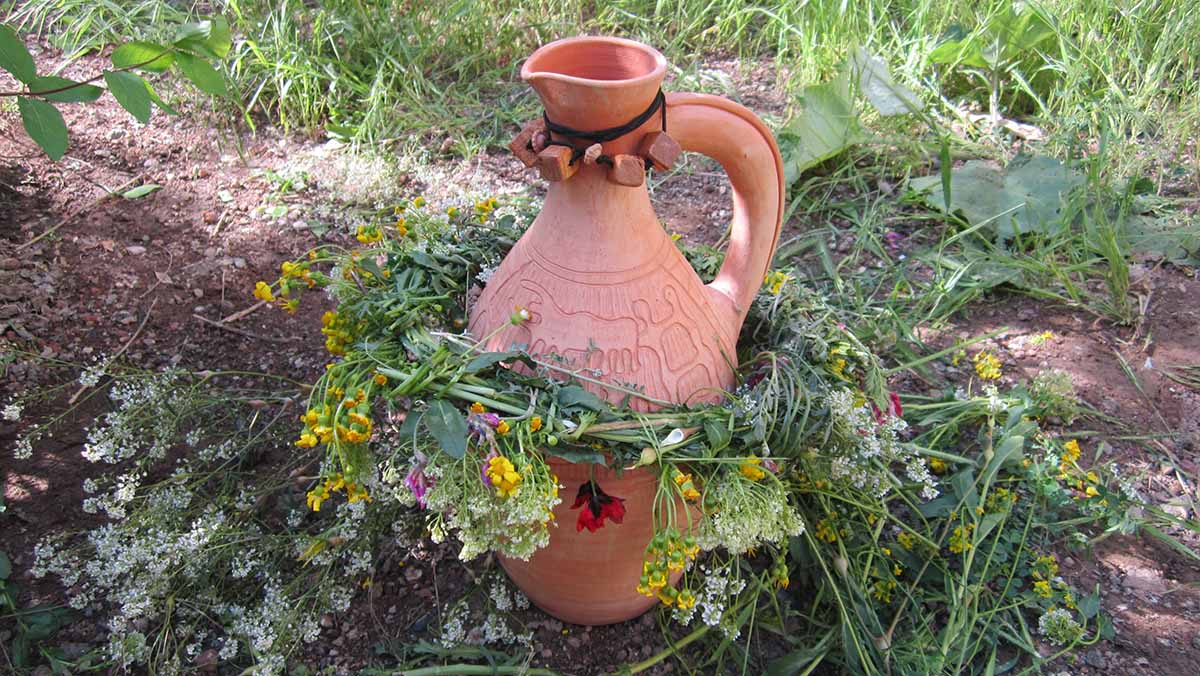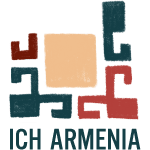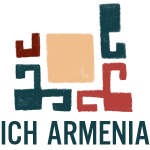
Ascension is one of the folk holidays of the pre-Christian calendar, it expresses the ideas of the dying and rising God, the awakening of nature, and rebirth. Christianity incorporated it into the official calendar as a celebration of Christ’s ascension after his resurrection. The evangelists Mark and Luke write about the ascension of Christ within the framework of the Christian tabernacle holidays, there is also a reference in the Acts of the Apostles. Many folk rites, ceremonies and original samples of song art have been preserved in the folk festival of Christian Ascension.
The festival of Ascension/Condition gave a great charge to both folk and professional works, manifested itself in fiction, poetry and prose, even in opera and fine arts. Thousands of samples of special folk songs of Ascension have been recorded and published, in which the ideas of love, human relationships, eternal unity of man with nature and the universe are reflected. They continue to be created even today. The main performers of Ascension Day are again mostly young people everywhere, ritual flower gatherings and water gatherings, donations of bouquets and wreaths, youth night gatherings, special songs/quatrains arising from the nature of the holiday, ritual public raffles, young boys and girls gather 7 colored flowers, in a pitcher pour water from 7 springs, throw their signs into the water and put a “star” on the night of the Ascension, that is, hand them over to the council of stars, in the morning, decorated with flowers, sing around the neighborhoods of the settlements, give flowers, then in the presence of the audience, with soloists and group songs with a special solemnity, individual making fortune-telling and public well-wishes. The songs are dialectal, which not only preserves but also develops the language culture. The social significance of the holiday is the periodic reaffirmation and reproduction of important social values, as well as the continuity and inheritance of the culture connecting the past to the present. The festival not only repeats the traditional, but also creates an emotional environment for the birth of new folk works. By its very nature, the festival is a phenomenon that strengthens intra-social ties, reveals the creative potential of the public, preserves the inseparable connection between society and the natural environment, develops and refines aesthetic perceptions.


